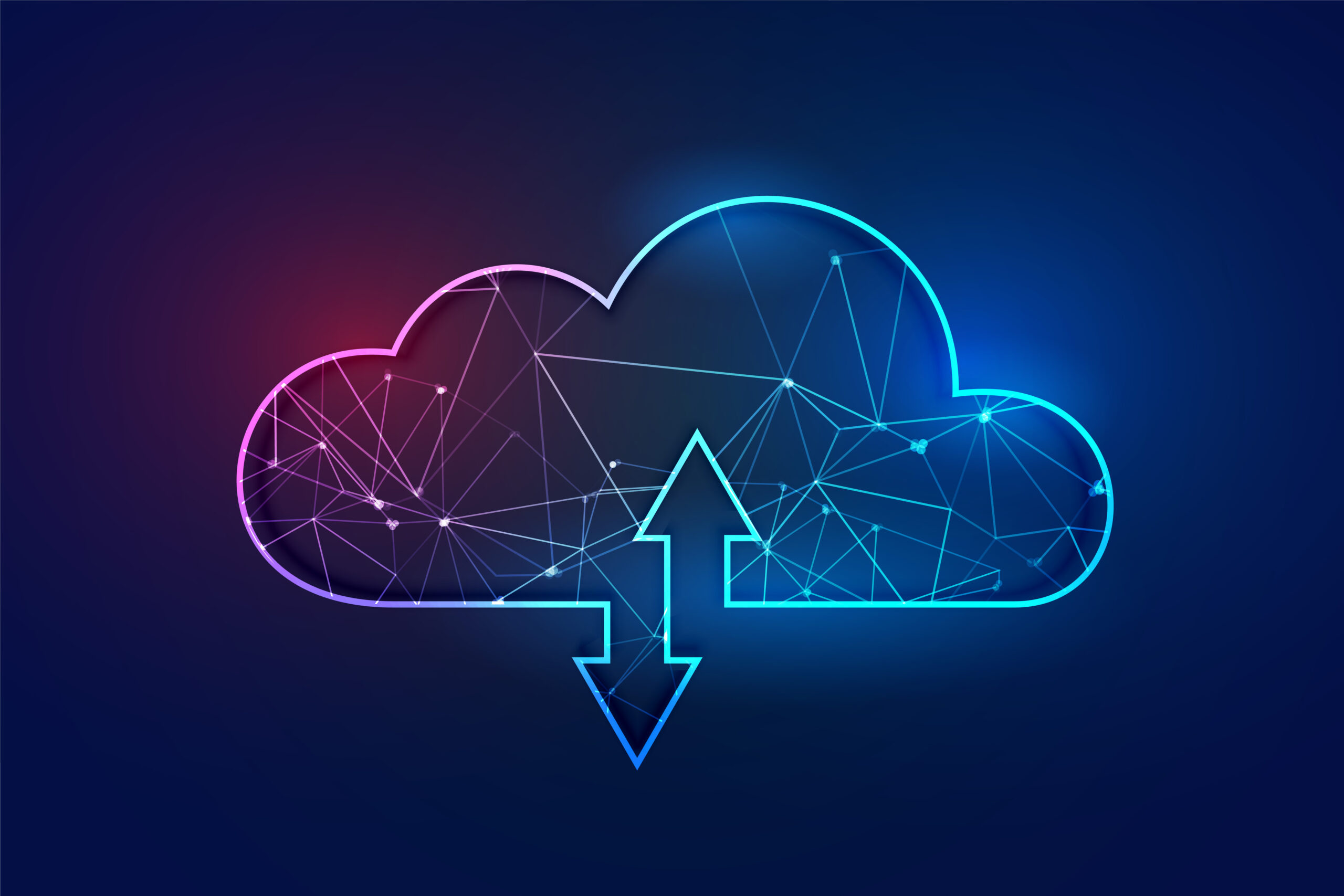Top 10 Cloud Computing Trends to Watch in 2025

Cloud computing continues to revolutionize the digital landscape, enabling businesses to innovate, scale, and optimize operations. As we move into 2025, emerging technologies and evolving business needs are shaping the future of cloud computing. In this blog, we explore the top 10 cloud computing trends to watch in 2025 and their impact on industries worldwide.
1. AI-Powered Cloud Services
Artificial Intelligence (AI) and Machine Learning (ML) are becoming integral to cloud computing, enhancing automation, security, and data analytics.
Key Developments:
- AI-driven cloud management for optimizing resource allocation.
- Machine learning models improving cybersecurity threat detection.
- AI-powered automation for cloud-based customer service and workflows.
2. Edge Computing Expansion
Edge computing is reducing latency by processing data closer to the source rather than relying on centralized cloud data centers.
Why It Matters:
- Enhances IoT applications by enabling real-time data processing.
- Reduces bandwidth costs and improves response times.
- Supports critical applications like autonomous vehicles and smart cities.
3. Serverless Computing Growth
Serverless computing, or Function as a Service (FaaS), is gaining traction as businesses seek more cost-effective and scalable cloud solutions.
Key Benefits:
- No infrastructure management required, reducing operational overhead.
- Improved scalability, allowing applications to run dynamically based on demand.
- Cost efficiency as businesses pay only for the exact amount of compute power used.
4. Multi-Cloud and Hybrid Cloud Adoption
Businesses are increasingly adopting multi-cloud and hybrid cloud strategies to avoid vendor lock-in and enhance flexibility.
Trends in Multi-Cloud Adoption:
- Combining public, private, and on-premise cloud solutions for better control.
- Interoperability solutions improving seamless data transfer between cloud providers.
- Enhanced cloud governance and security measures to manage multiple cloud environments.
5. Quantum Computing in the Cloud
Quantum computing is set to redefine problem-solving capabilities by offering immense processing power via cloud platforms.
What to Expect:
- Cloud providers like IBM, Google, and AWS expanding quantum computing as a service (QCaaS).
- Advanced encryption techniques powered by quantum algorithms.
- Faster and more efficient data analysis for industries like finance, healthcare, and logistics.
6. Cloud Security and Zero Trust Architecture (ZTA)
With growing cyber threats, cloud security is evolving with Zero Trust Architecture, ensuring strict identity verification for all users and devices.
Security Trends:
- AI-powered security automation for real-time threat detection.
- Zero Trust policies becoming the default security approach in cloud environments.
- Cloud security posture management (CSPM) tools improving compliance monitoring.
7. Sustainable and Green Cloud Computing
As climate concerns grow, cloud providers are investing in eco-friendly data centers and energy-efficient solutions.
Green Cloud Initiatives:
- Use of renewable energy to power data centers.
- Carbon footprint reduction through efficient workload distribution.
- AI-based optimization of cloud resources to minimize energy consumption.
8. Industry-Specific Cloud Solutions
Cloud computing is becoming more tailored to meet the unique needs of different industries, such as healthcare, finance, and retail.
Key Developments:
- Healthcare cloud platforms improving telemedicine and patient data security.
- Financial cloud solutions enhancing regulatory compliance and fraud detection.
- Retail cloud platforms optimizing supply chain management and customer experiences.
9. Cloud-Native Development and Kubernetes Advancements
The shift to cloud-native development is accelerating, with Kubernetes playing a vital role in managing containerized applications.
Trends in Cloud-Native Development:
- Adoption of microservices architecture for better scalability.
- Kubernetes advancements improving workload orchestration.
- Increased use of DevSecOps for integrating security into cloud-native applications.
10. 5G and Cloud Integration
The rollout of 5G networks is transforming cloud computing by enabling ultra-fast data transmission and low-latency applications.
Impact of 5G on Cloud Computing:
- Faster and more reliable cloud-based mobile applications.
- Enhanced capabilities for real-time gaming, augmented reality (AR), and virtual reality (VR).
- Improved connectivity for smart devices and IoT applications.
Conclusion
Cloud computing is set to become more intelligent, secure, and efficient in 2025. From AI-powered automation and quantum computing to green cloud initiatives and 5G integration, these trends will shape the future of digital transformation. Businesses that embrace these advancements will gain a competitive edge in an increasingly cloud-driven world.
Which cloud computing trend excites you the most? Share your thoughts in the comments below!


